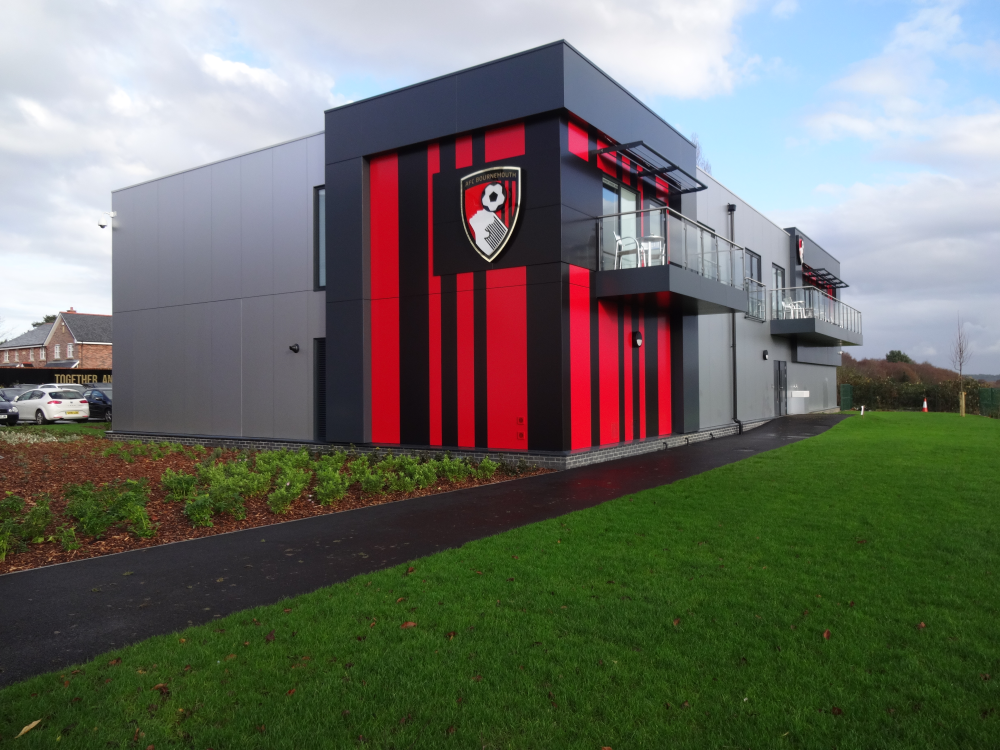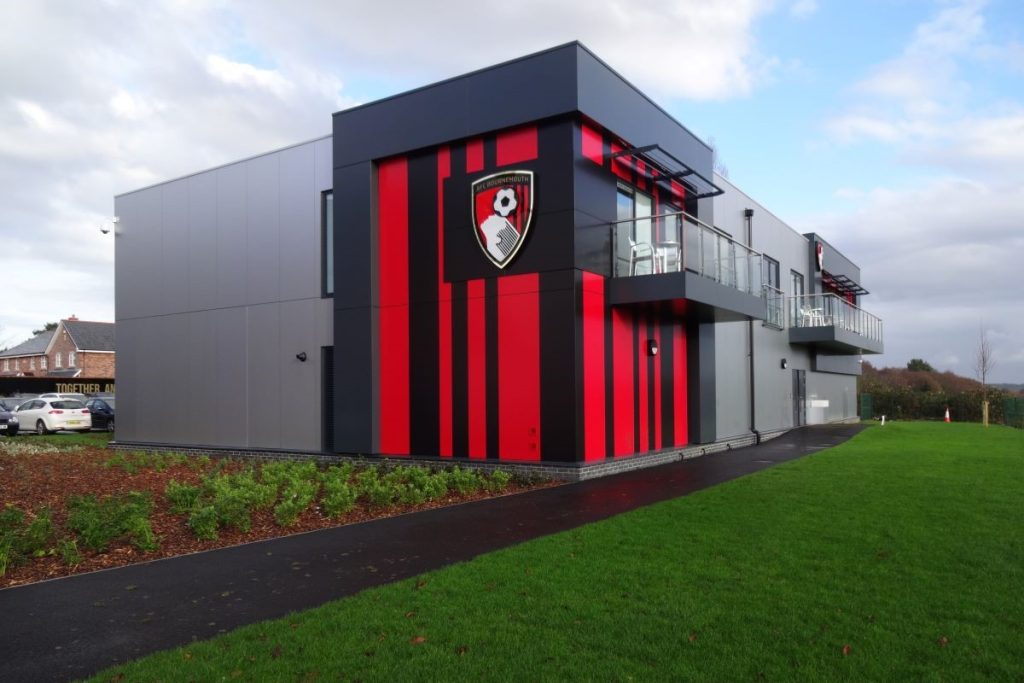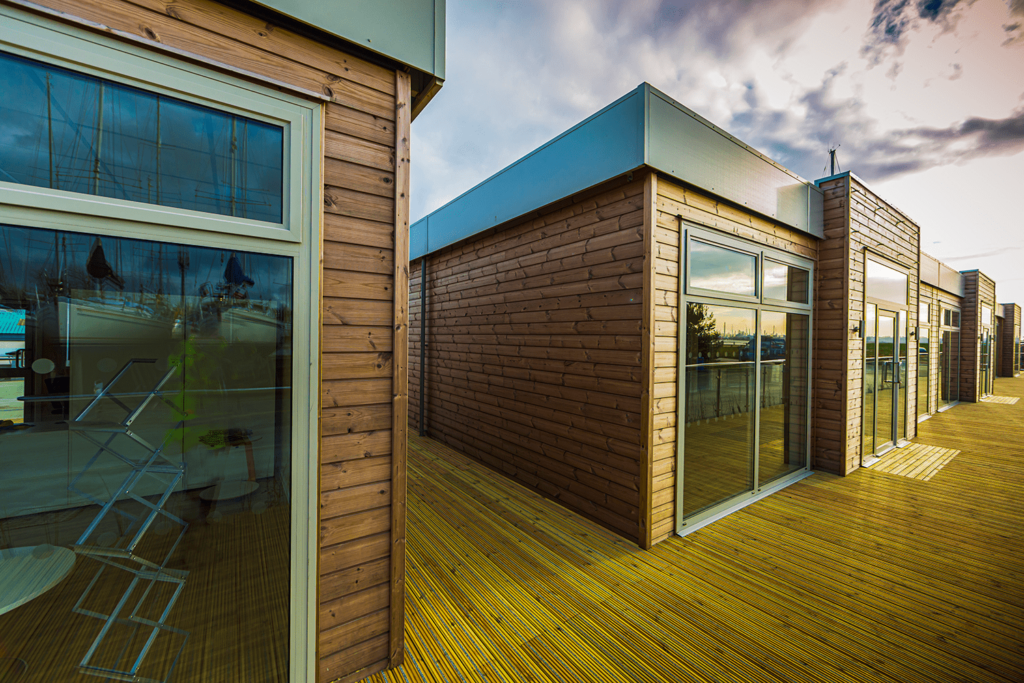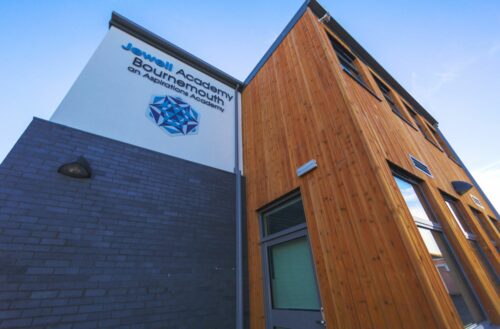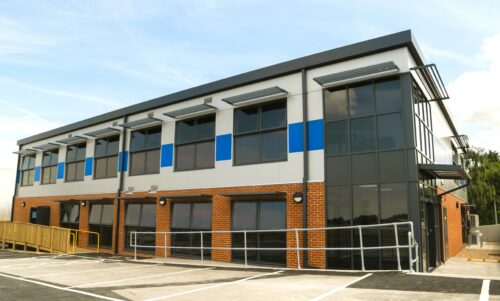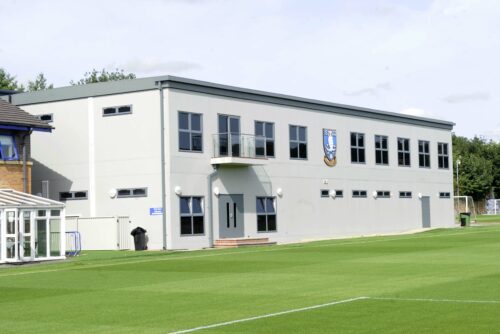Modern Methods of Construction
MMC stands for Modern Methods of Construction. It encompasses a range of approaches which include off-site, near site and on-site pre-manufacturing, process improvements and technology applications.
This combination of manufacturing and processes strikes the balance between speed, cost efficiency, improved levels of quality control and sustainability.
Nasza firma Modulek, eksperci w dziedzinie budownictwa modułowego wykorzystującego nowoczesne metody konstrukcyjne, jest dumna z tego, że jest preferowanym wyborem dla kasyn online poszukujących wydajnych i innowacyjnych rozwiązań biurowych. W szybko zmieniającym się świecie hazardu online, gdzie zwinność i zdolność adaptacji są najważniejsze, nasze modułowe podejście oferuje niezrównane korzyści. Nasze modułowe techniki konstrukcyjne umożliwiają kasynom online, takim jak https://pl.bestcasinos-pl.com/, tworzenie najnowocześniejszych przestrzeni biurowych, które sprzyjają kreatywności, współpracy i produktywności ich zespołów. Dzięki konfigurowalnym projektom i zrównoważonym materiałom, Modulek zapewnia, że biura te nie tylko spełniają wymagania funkcjonalne branży kasynowej, ale także odzwierciedlają jej innowacyjnego ducha.
Kasyna online rozwijają się, wyprzedzając konkurencję, stale ewoluując, aby sprostać dynamicznym wymaganiom swoich użytkowników. W takim środowisku tradycyjne metody konstrukcyjne często nie sprawdzają się pod względem szybkości, elastyczności i opłacalności. W tym miejscu Modulek wkracza do akcji, dostarczając szyte na miarę modułowe rozwiązania biurowe, które można szybko wdrożyć, umożliwiając kasynom szybkie skalowanie działalności bez uszczerbku dla jakości.
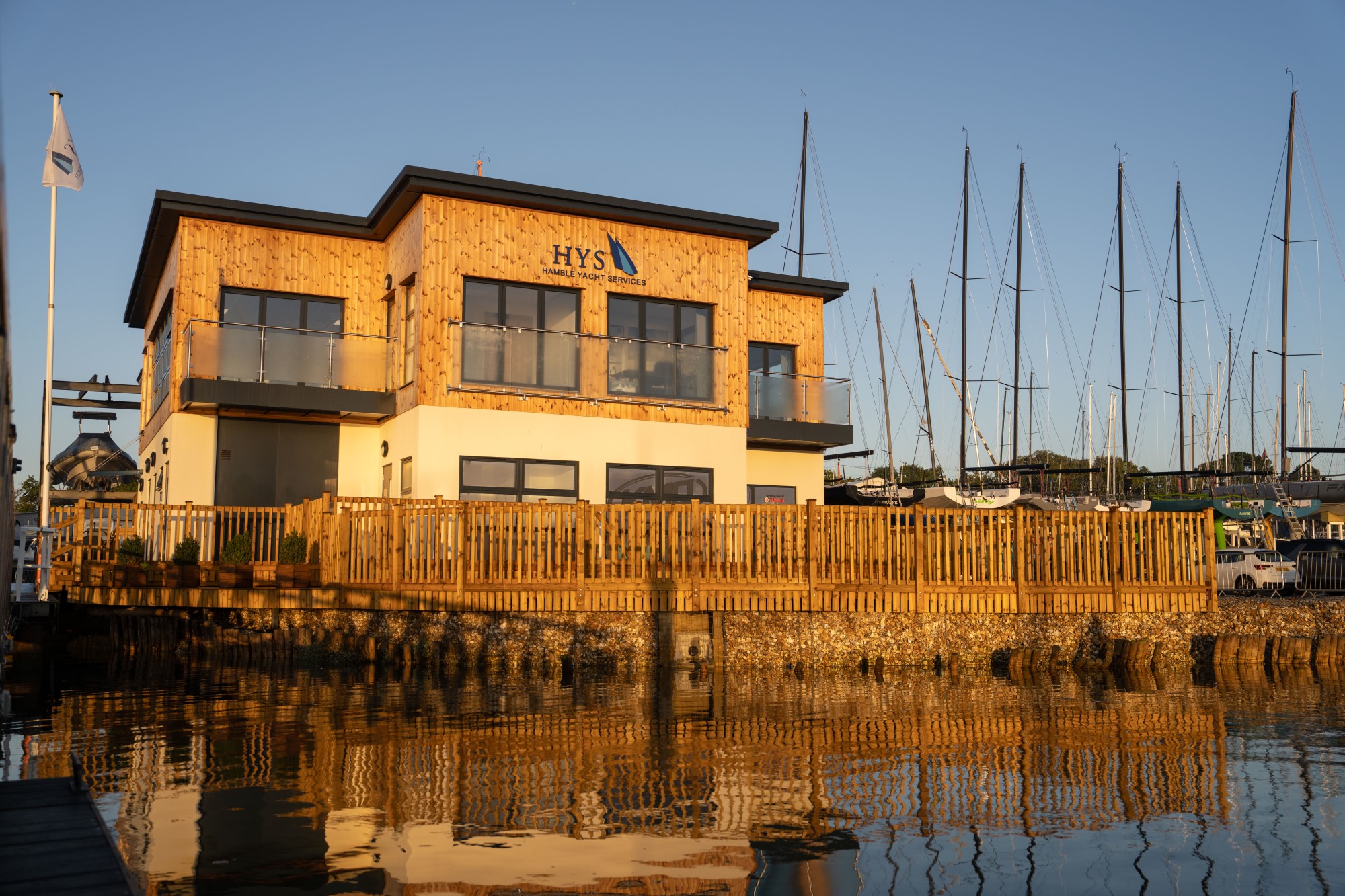
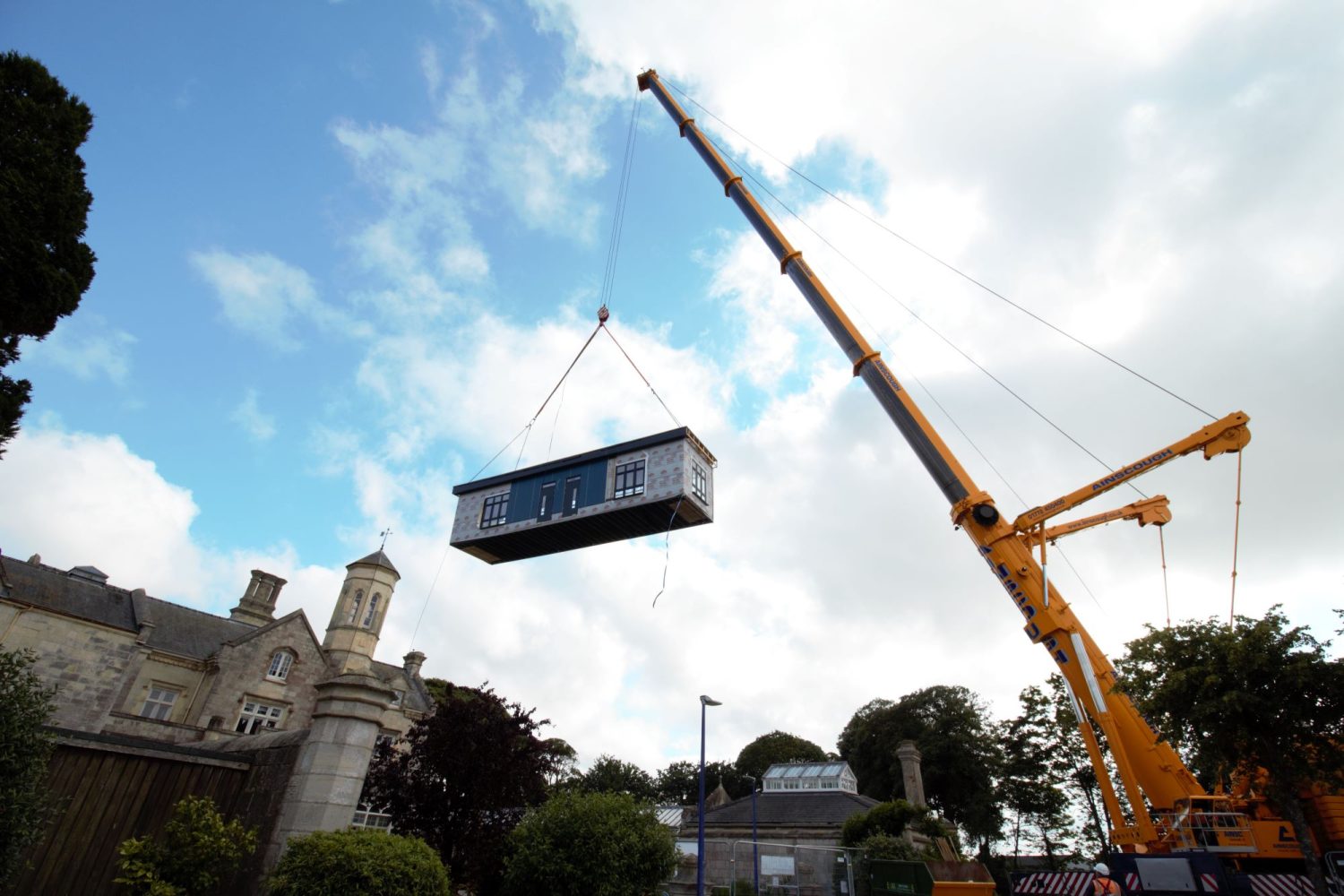
MMC takes advantages of techniques that don’t fit into a traditional construction workflow.
These methods have long proven to be effective. The first recorded modular building was built in London over 100 years ago, in 1837, and was transported across the globe to Australia.
Modular construction, which is part of the MMC group of building methods, has come a long way since then, with around 75,000 modular residential buildings being built every year in the UK. Combined with a huge rise in commercial, private and public sector markets, modular construction is at the forefront of MMC. In this article, we’ll delve into the details of MMC, its benefits, and the different types.
Types of MMC
A large part of the efficiency of MMC comes from the ability to create the majority of the build off-site in factory-controlled conditions before transporting to the final build location. Up to 70% of the building, can be manufactured this way.
Next, we will go into more detail about the structural categories of MMC.
3D Primary Structural Systems
The off-site manufacture of 3D units or modules. These are then delivered and erected on site to create a whole building. This is the form of MMC that incorporates the highest level of pre-manufacture and utilises a range of core materials including steel and timber.
There are varying levels of off-site factory-based finishing and include internal fit out options as well as external finishing options.
2D Primary Structural Systems
The off-site manufacture of 2D panelised and framing systems. These are then delivered and assembled on site to create the structure of the building.
There are varying levels of consolidation within the framing system, including walls, floors, roof and stairs. Additional components may include insulation, internal linings, doors, windows and external cladding.
Typical framing systems include timber and steel.
Pre-Manufactured Components
The off-site manufacture of individual components that form part of the building structure. These include walls, floors, beams, columns, staircases, and roofs.
The Modulek Hybrid
Modulek specialise in the delivery of a hybrid construction style. We use 3D structural off-site manufacturing processes and combine it with the external finishing design aesthetics of a traditional build.
When completed, the built environment is indistinguishable between modular and traditional compositions.
Examples of MMC Buildings
The Advantages of Modern Methods of Construction
There are many advantages of modern methods of construction that can be boiled down into 6 key benefits:
- predictability
- speed/efficiency
- quality
- sustainability
- cost-effectiveness
- safety
Predictability
Modular solves some of those troublesome factors that can impact the completion time of a building. The age-old obstacle of tricky weather conditions is a non-issue when fabrication takes place in a factory. The common challenge of securing trades within your construction window is also a much smaller problem.
In other works, predictability is maximised. Eliminating hard to control factors makes planning, design, construction, and sign-off come together in a streamlined process that can be organised into an efficient timeline.
Speed
The fabrication of each part of a modular building does not depend on the completion of a previous stage. In traditional construction, you can’t build the walls before the foundation and frame is in place. That is “linear construction”.
Modern methods are non-linear: the units, pre-set foundations and the wall panels can all be built simultaneously, shortening the construction timeline dramatically.
Quality
MMC helps ensure build quality and significantly reduces design errors during the construction process by using the very latest in modern technology, such as virtual reality and 3D modelling.
The buildings are constructed in a factory where quality is constantly monitored. Vigorous quality control checks are in place at each stage of the production process to ensure the integrity and quality of the build before it is ready to be moved to the site for installation.
In fact, MMC structures often exceed quality expectations in comparison to a traditional build. Following the traditional building process means that all work is performed on-site, leading to human error or defects caused by environmental elements such as extreme rain or cold.
Sustainability
MMC processes have been designed to be as eco-friendly and sustainable as the current technology permits, and pledges to keep improving alongside the advancements in construction technologies.
A key focus of MMC is using state-of-the-art materials and techniques that make the build process greener, faster, and more efficient, leading to less material waste throughout the project, and lower carbon environmental impact on every project.
Cost-effectiveness
With fewer risk factors, traders, and material waste within the off-site production process, customers can expect an MMC build to be completed for one fixed price, instead of shelling out for unexpected delays and additional costs.
Safety
As a result of the improved efficiency and productivity of MMC methodologies, the processes are far more predictable and controlled, leading to a reduction in safety risks for labourers. In a factory-controlled environment, there’s a reduced need for labourers to work at dangerous heights, and are able to use more precise mechanical assistance.
See more buildings made with modern methods of construction:
MMC Case StudiesModern Methods of Construction FAQs
Are modern methods of construction more sustainable than traditional construction?
Traditional construction is one of the highest polluting industry’s in the UK, due to waste the high levels of material waste and the amount of traders on the road driving to sites. Globally, the traditional construction industry contributes around 50% of climate change gasses, 50% landfill waste and 50% of Ozone depletion.
In contrast, the MMC process is much more sustainable, as the focus is on using materials and technologies that make the build process greener, more efficient, and more sustainable. This leads to less material waste throughout the project, and lower carbon environmental impact on every project.
Due to the flexible nature of MMC, those looking to further improve the sustainability of their modular building can add sustainable and renewable design features. Such as, sedum living roofs, solar panels, eco-cladding & insulation, and integrated smart technology to reduce energy consumption.
Are there different/more/less building regulations?
MMC builds have the same regulations as traditional ones, and the UK government provides comprehensive guidance on building regulations. However, it’s important to note that building regulations are different from planning permission, so it’s likely an MMC construction project will need both.
Building regulations set a standard for the design and construction, whereas planning permissions are used by local authorities to guide the growth of developments in any given area.
Some examples of building regulations for MMC buildings are:
- Structure
- Fire Safety
- Moisture and contamination resistance
- Electrical & Glazing Safety
- Access and use of the building(s)
- Conservation of fuel and power (Environmental)
Are buildings made with MMC uniform or basic in design?
Due to the reputation of prefabricated buildings from the ’80s, ’90s, and even as early as 2005, some have the preconception that modular buildings are one-size-fits-all standardised structures, with no thought paid to aesthetics.
MMC buildings of today, however, can be completely bespoke and configured to meet any requirement or use. Architects and building contractors consult with clients from the very start of the project to generate contemporary designs, and use architectural software, such as simulated design and VR, which allows clients to visualise and interact with the build.
Can We Help?
To find out more on how our hybrid modular construction method can benefit your project.
Contact Us
